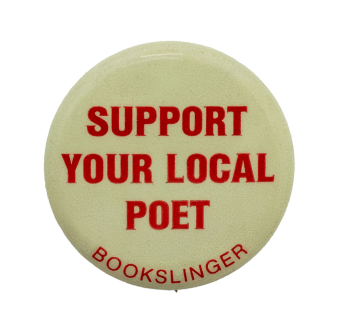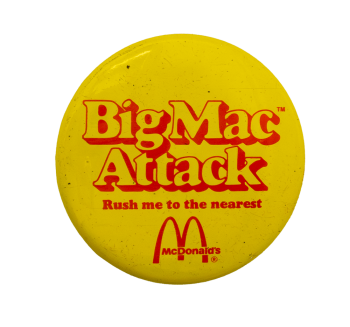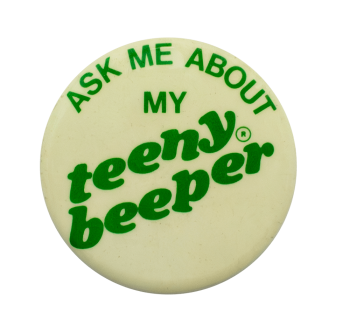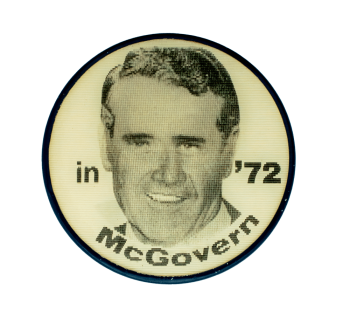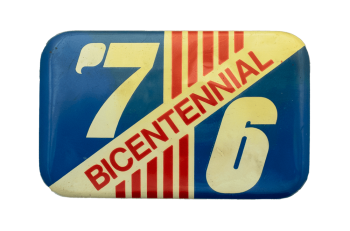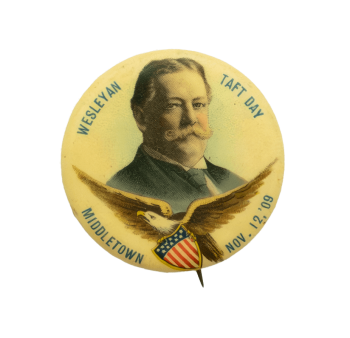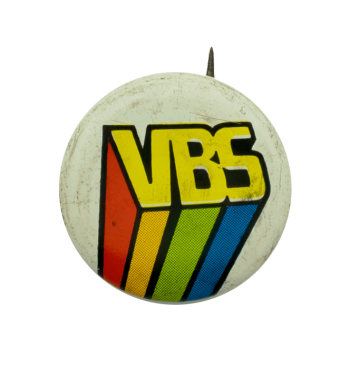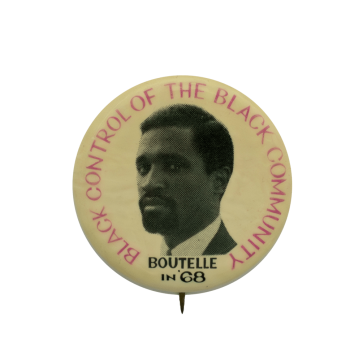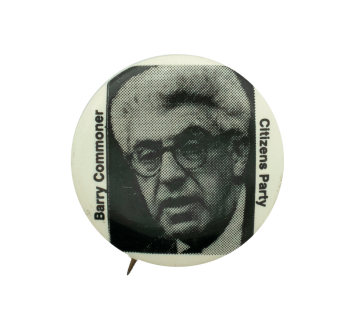Ted Kennedy Turn Right at the Bridge
| Category | |
|---|---|
| Additional Images | |
| Text on Button | TED, TURN RIGHT AT THE BRIDGE |
| Image Description | Pink text on a white background |
| Curl Text | © 1980 CBC Box 521 Santa Cruz, CA 95061 |
| Back Style | |
| The Shape | |
| The Size | |
| Year / Decade Made | |
| The Manufacturer | |
| Additional Information | Ted Kennedy, younger brother of John F. and Robert Kennedy, announced his campaign for the United States presidency in 1980. In a heated race for the Democratic Party’s nomination against Jimmy Carter, an accident in which he had been involved ten years earlier received renewed attention. In 1969 Kennedy accounted that he had driven his car off a bridge in the dark on Chappaquiddick Island, Massachusetts. His passenger, Mary Jo Kopechne, remained trapped inside underwater. Kennedy tried to free her but stated that he was unable to find her in the dark water. During the investigation, conflicting reports, unanswered questions, and rumors of a coverup led to a scandal that would haunt him for the rest of his career. |
| Sources |
Davies, D. (2019, January 17). How Ted Kennedy's '80 Challenge To President Carter 'Broke The Democratic Party’. NPR. Retrieved from https://www.npr.org/2019/01/17/686186156/how-ted-kennedys-80-challenge-to-president-carter-broke-the-democratic-party Senator Ted Kennedy drives car off bridge at Chappaquiddick Island. (n.d.). History.com. Retrieved from https://www.history.com/this-day-in-history/incident-on-chappaquiddick-island |
| Catalog ID | PO1074 |



